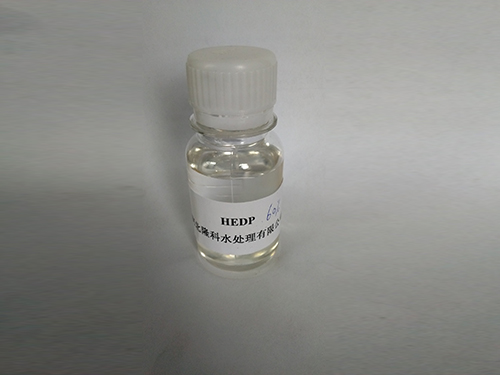flocculant chemicals for water treatment
Flocculant Chemicals for Water Treatment
Water treatment is an essential process that ensures the availability of clean and safe drinking water while promoting environmental sustainability. Among the various techniques employed in water purification, flocculation is a significant method that utilizes flocculant chemicals to enhance the removal of suspended particles from water. This article will explore the role of flocculants in water treatment, their types, mechanisms of action, and considerations for their application.
Understanding Flocculation
Flocculation is a process that involves the agglomeration of fine particulates into larger clusters or flocs that can then be easily removed from the water through sedimentation or filtration. This step is crucial in water treatment as it enhances the efficiency of subsequent treatment processes such as sedimentation and filtration. Flocculants are substances that promote this agglomeration and are integral to the effectiveness of the flocculation process.
Types of Flocculants
Flocculant chemicals can be broadly categorized into two types organic and inorganic flocculants
.1. Organic Flocculants These are typically synthetic or natural polymers, which can be further classified into anionic, cationic, or nonionic groups based on their charge. Anionic flocculants, such as polyacrylamides, are effective in treating negatively charged particles. Cationic flocculants are useful for positively charged particles, while nonionic flocculants are more versatile, adapting to various kinds of particles irrespective of their charge. Natural polymers like starch and guar gum are also used for eco-friendly flocculation.
2. Inorganic Flocculants The most commonly used inorganic flocculants include aluminum sulfate (alum) and ferric chloride. These agents work by neutralizing the charge on suspended particles, allowing them to agglomerate and settle out of the water. Inorganic flocculants are generally less expensive than organic ones and are widely used in municipal water treatment facilities.
flocculant chemicals for water treatment

Mechanism of Action
The effectiveness of flocculants hinges on their ability to destabilize colloidal suspensions. When flocculants are added to water, they interact with the particles, neutralizing their negative charges and allowing them to come together. This process often involves bridging, where the flocculant molecules attach themselves to multiple particles, forming larger aggregates. These aggregates eventually become heavy enough to settle at the bottom of the treatment vessel, facilitating the removal of contaminants from the water.
Application in Water Treatment
Flocculants are used in various water treatment applications, ranging from municipal drinking water supplies to industrial wastewater management. In drinking water treatment, flocculants help remove turbidity, bacteria, and other harmful substances effectively. In industrial settings, they are crucial for treating wastewater from manufacturing processes.
One of the critical challenges in using flocculants is ensuring the correct dosage. Too little flocculant can lead to insufficient floc formation, while too much can cause the flocs to be too heavy, inhibiting settling and resulting in increased sludge production. Regular monitoring and optimization of flocculant dosage are essential to achieve the desired water quality while minimizing costs and environmental impact.
Conclusion
In summary, flocculant chemicals play a pivotal role in the water treatment process by facilitating the removal of suspended particles, thereby improving water quality. Understanding the different types of flocculants, their mechanisms of action, and their appropriate application in specific scenarios is crucial for water treatment professionals. As the global demand for clean water continues to rise, the importance of effective water treatment solutions, such as flocculation, will only grow, underscoring the need for ongoing innovation and research in this vital field. By employing the right flocculants and optimizing their usage, we can ensure that communities have access to safe and clean water while also protecting our environment.
-
Premium Isothiazolinones | Broad-Spectrum Biocidal SolutionsNewsAug.28,2025
-
LK-319 Special Scale And Corrosion Inhibitor For Steel Plants: Advanced Solutions for Industrial Water SystemsNewsAug.22,2025
-
Flocculant Water Treatment: Essential Chemical Solutions for Purification ProcessesNewsAug.22,2025
-
Isothiazolinones: Versatile Microbial Control Agents for Industrial and Consumer ApplicationsNewsAug.22,2025
-
Scale Inhibitor: Key Solutions for Water System Scale PreventionNewsAug.22,2025
-
Organophosphonates: Versatile Scale Inhibitors for Industrial Water SystemsNewsAug.22,2025





